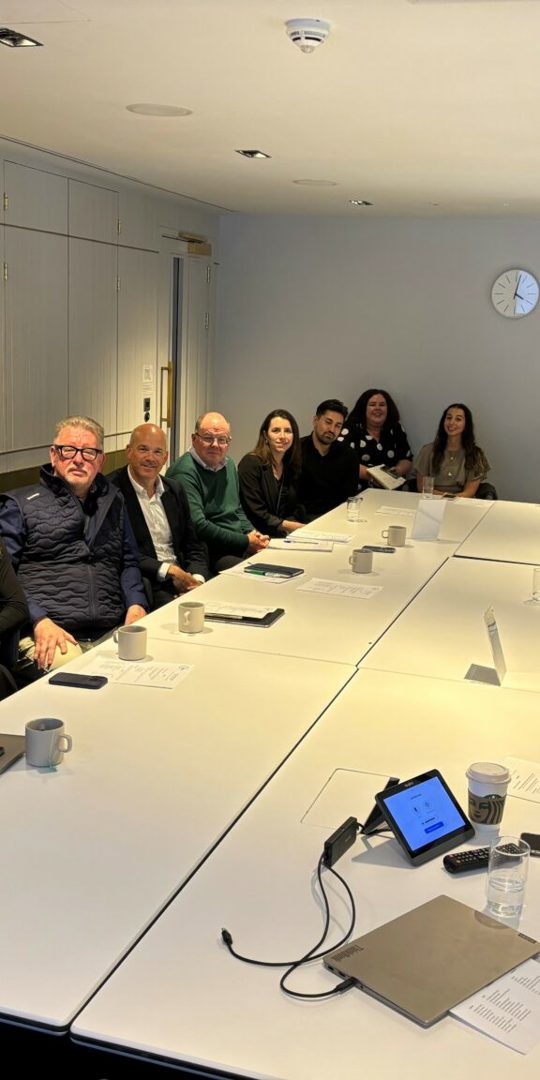The commercial real estate market is undergoing a significant transformation in the wake of the COVID-19 pandemic. A recent discussion among serviced office providers, held at Fora on Liverpool Street, highlighted key trends, challenges, and solutions that office space providers are implementing to adapt to the shifting landscape of demand. Here’s an overview of the insights shared by these experts:
Shifts in Office Space Demand
One of the most noticeable trends is the decrease in demand for larger office spaces. Companies that once occupied 10,000 to 15,000 square feet are now opting for much smaller spaces, typically around 2,500 to 3,000 square feet. This downsizing reflects a more accurate understanding of workforce requirements and a desire for flexibility and cost efficiency. Interestingly, despite the emphasis on flexibility, many businesses are committing to longer lease terms, with the average lease extending to around three years, and some even signing five-year leases for spaces as small as 3,500 square feet. This indicates a preference for stability and continuity.
Technological Adaptations in Office Spaces
Providers have observed a notable decline in demand for their larger, unfurnished office spaces. To address this, they are exploring the use of Virtual Reality (VR) technology to help clients visualise and plan larger spaces. For smaller spaces (up to 2,000 square feet), providers are considering furnishing these areas and offering them with or without furniture to gauge whether this boosts interest.
Success with Refurbished Spaces
One provider’s experience at a recently refurbished building in a prime location has been highly effective. Post-COVID, they exceeded revenue expectations, with 85% of their clients being those who downsized from larger leases. This highlights that clients are willing to pay a premium for smaller, flexible office spaces. Surprisingly, only 15% of their clients came from competitors in the serviced office sector.
Adaptation to Market Changes
Another provider noted a decrease in clients coming from leased spaces, dropping from 35-40% pre-pandemic to 25-30% now. They face increased competition from managed spaces and have seen a reduction in the average enquiry size. The importance of adapting to market changes and meeting the evolving needs of clients was emphasised. Offering customisable blank canvases and using high-quality CGI images to present potential office layouts were highlighted as powerful tools in securing deals.
Regional and Sector Variations
Market conditions can vary significantly by region and industry. For instance, for office space in London, underwriters and insurers are moving from traditional hubs like EC3 to other parts of the city, driven by a desire for more flexible and modern office solutions. Different types of businesses are driving demand for various kinds of office space. Recruitment firms tend to favour shorter lease terms and flexible spaces, while construction-related businesses and underwriters prefer longer commitments with bespoke office designs.
Price Increases and Customisation
The pricing of office space has seen considerable changes. Post-COVID, some buildings initially priced at £150 per square foot have seen rates climb to as high as £260 per square foot, reflecting strong demand for premium office spaces. Companies are willing to pay for high-quality, customisable environments that meet their evolving needs. There is a growing opportunity in the lease sector for providers who can offer customisable office spaces, with CGI images and detailed floor plans being particularly effective in attracting clients.
The Rise of Flexible Solutions
The industry is witnessing increased collaboration with traditional real estate agents, especially as larger spaces come into play. Developers are now speculatively building larger units and fitting them out in advance based on office market trends. This approach allows them to gauge market reactions and adapt accordingly, although it requires substantial initial investment. The ability to quickly turn around and customise office space to meet specific client needs, often within a span of eight weeks, has become a critical competitive advantage.
Encouraging Office Attendance on Quieter Days
Post-pandemic, office attendance patterns have changed, with higher foot traffic on Tuesdays, Wednesdays, and Thursdays. Mondays and Fridays are quieter, prompting companies to implement strategies such as discounted meeting rooms and special events to attract employees. Some firms have mandated office presence on Mondays to kickstart the week, which has proven effective in boosting productivity.
There is an expectation of significant growth in the sector, particularly with more property owners and landlords becoming members of the Flexible Space Association (FSA). This growth is driven by the need for expertise and support in managing flexible office spaces, a trend likely to shape the future of office real estate.
The post-COVID era has brought about significant changes in office utilisation, with companies adopting innovative solutions to meet the evolving needs of their employees and clients. From encouraging office attendance on quieter days to offering flexible office solutions and tailoring services, the industry is navigating this new landscape with a blend of caution and optimism. Understanding regional differences and client preferences will be key to sustained growth and success in this dynamic market.
Your success is our success, and we’re proud of the workspaces we offer. By working directly with FigFlex, you save time, money, and stress, all while knowing that your financial investment is secure. Contact us today so we can discuss your requirements and how we can support you.











